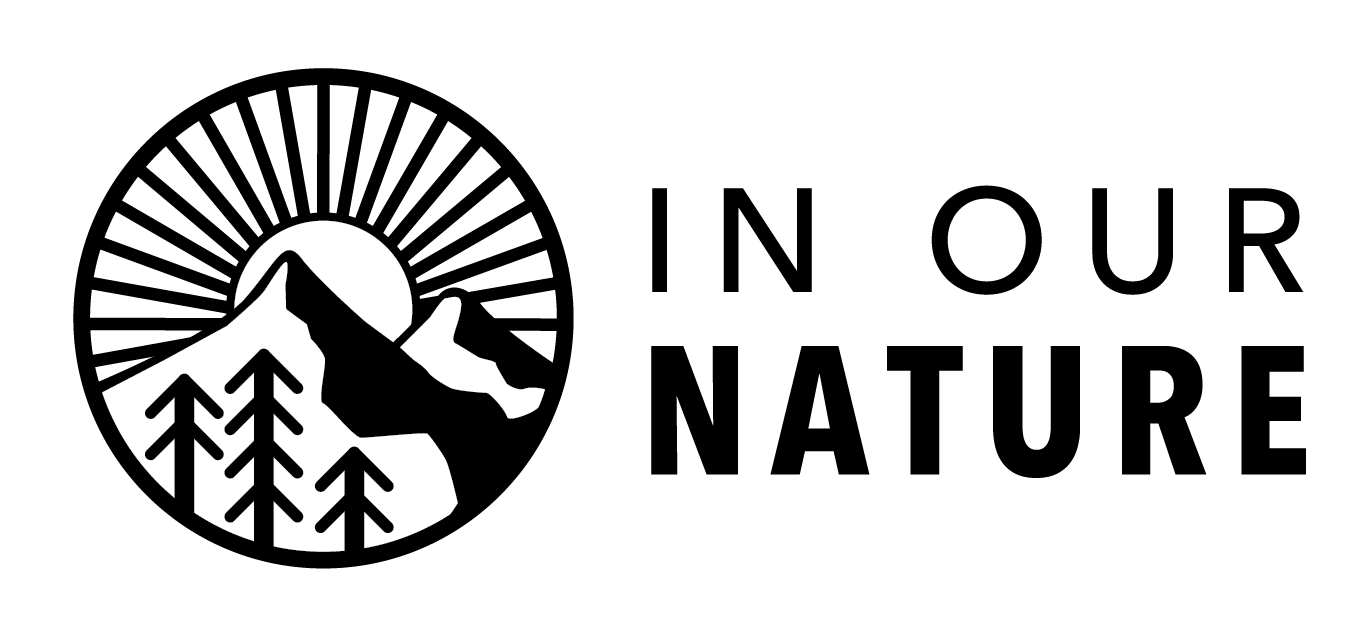What do meerkats, elephants, orang-utans and octopuses have in common? In Emma Belanger’s newest creative non-fiction piece, learn about what makes mothers - animal and human ones alike - so special, and why the maternal instinct is both so strong and universal.
Read MoreHow do cacao pods become the smooth and sweet chocolate that we adore? What the heck is molasses? If agave is a succulent, why does it produce agave nectar? We’re pretty far removed from the plants that our food comes from today, especially in Chicago in winter. A couple weekends ago, ION members trekked to Garfield Conservatory to rekindle their understanding of the process from plants to food. Read more in Carlyn’s article.
Read MoreFast fashion can be defined as cheap, trendy clothing that are discarded almost as quickly as they are created. It’s harmful to our wallets, well-being and most importantly, the environment. How can we make this phenomenon more widely known to the public? In her debut article, Margo Milanowski proposes a simple solution: infographics.
Read More“The encyclopedia Britannica/ Defines a cataract as containing large volumes of water/ Rushing over a precipice/ If something so characterized/ By transition can be said/ To contain anything.” Emily Jahn’s latest edition of Atmosphere gets deep into the meaning of ‘cataract’, including a beautiful and flowing description of the medical condition that might even rival the flow of one of these waterfalls. Read more here.
Read MoreCurious to learn about the organization that first planted the Shakespeare Garden, a place where students and visitors alike love to go to seek quiet refuge? Find out why conservation, education and beautification are central to the Garden Club of Evanston’s goals with Marleigh Thorn’s newest piece.
Read MoreWhat sets apart animals in Evanston from those in more rural areas? Are urban animals more intelligent than their backwoods, hippie counterparts? Find out in Emma Belanger’s creative nonfiction piece.
Read MoreNow more than ever, environmental legislation is of the utmost importance in order to preserve and protect our nation’s health and beauty. For this reason, ION has listed the environmental policy track records of every individual who has announced their campaigns to run in the 2020 presidential election.
Read MoreThis week, Emily Jahn’s column Atmosphere explores the fear yet unmistakable respect that black bears awaken inside of us. Read more about these majestic beings.
Read MoreLife is often busy and has the tendency to pass by without us realizing it. Once in a while, it’s important to slow down, fully engage in the present moment, and become one with nature. What better way to do that than to read Emma’s debut poem “Becoming One?”
Read MoreAmbrelyn Rodriguez, a resident of the 10th ward of Chicago, says people often have no idea where that is. However, the nearly 70 industries that surround this community and use it as a dumping ground for harmful pollutants know exactly where the 10th ward is.
Bella Wilkes shares insight into the environmental justice struggles of “the forgotten 10th ward.”
Read MoreLiving in Chicagoland and submerged in the world of constant college activities, the great outdoors seem pretty far removed. Especially now, when leaving the building means exposure to numbing temps and piercing winds. However, exposure to nature—even just looking at it!—could have positive affects on your mental health, productivity and more. Read more in Emily Jahn’s Ecopinion.
Read MoreWhat do Beethoven and recycling have in common? Taiwan’s unique solution to rising populations and the resulting trash production involves both! Find out more in Ginny Ip’s latest Grass Routes article.
Read MoreAtmosphere is back this year with new work, “Just after sunset”, that transforms sunset into a time of reflection. Read more of Emily Jahn’s vision here.
Read MoreThe government shutdown affects us all—Congress, teachers and even National Parks. With nearly all of the NPS furloughed, parks like Yosemite and Yellowstone are a dangerous free-for-all. Read more in Emily Jahn’s article.
Read More



















